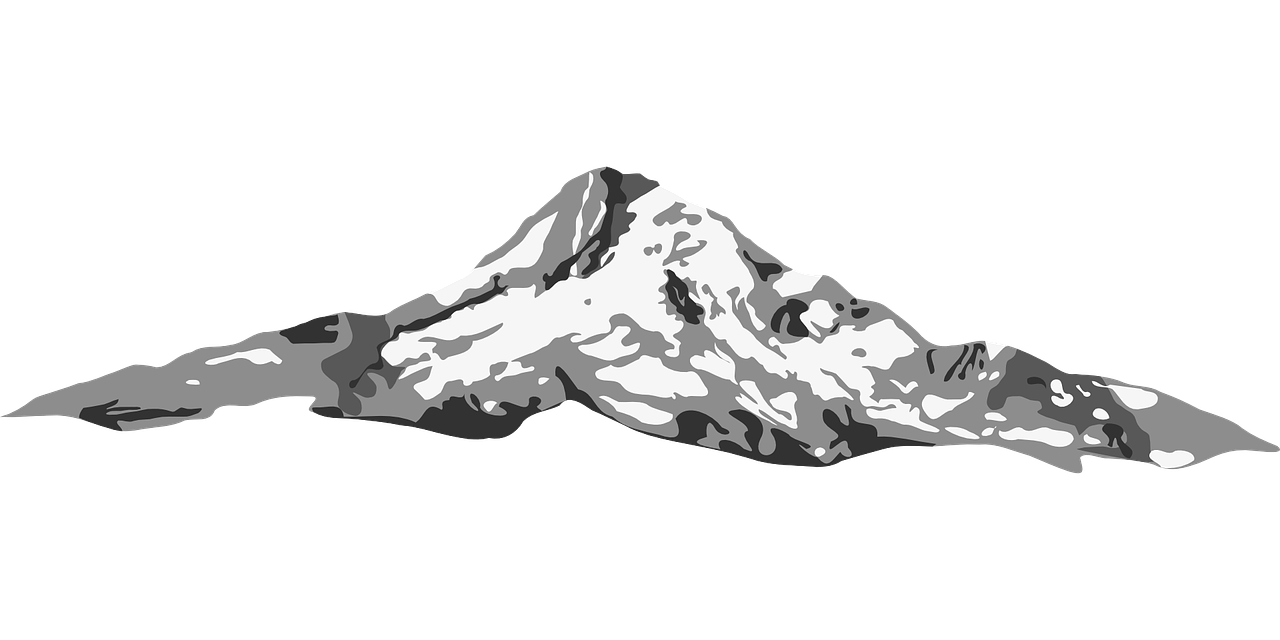How to Take Care of Moss Growth on a House in the Mt. Hood National Forest
If you’re a homeowner living in the Pacific Northwest, you’re likely no stranger to moss and algae growth on your roof. While it may start as an aesthetic issue, the buildup of moss and algae can eventually cause structural damage to your roof. Fortunately, there are steps you can take to prevent and remove moss growth. In this article, we will teach you how to prevent your roof from growing moss.
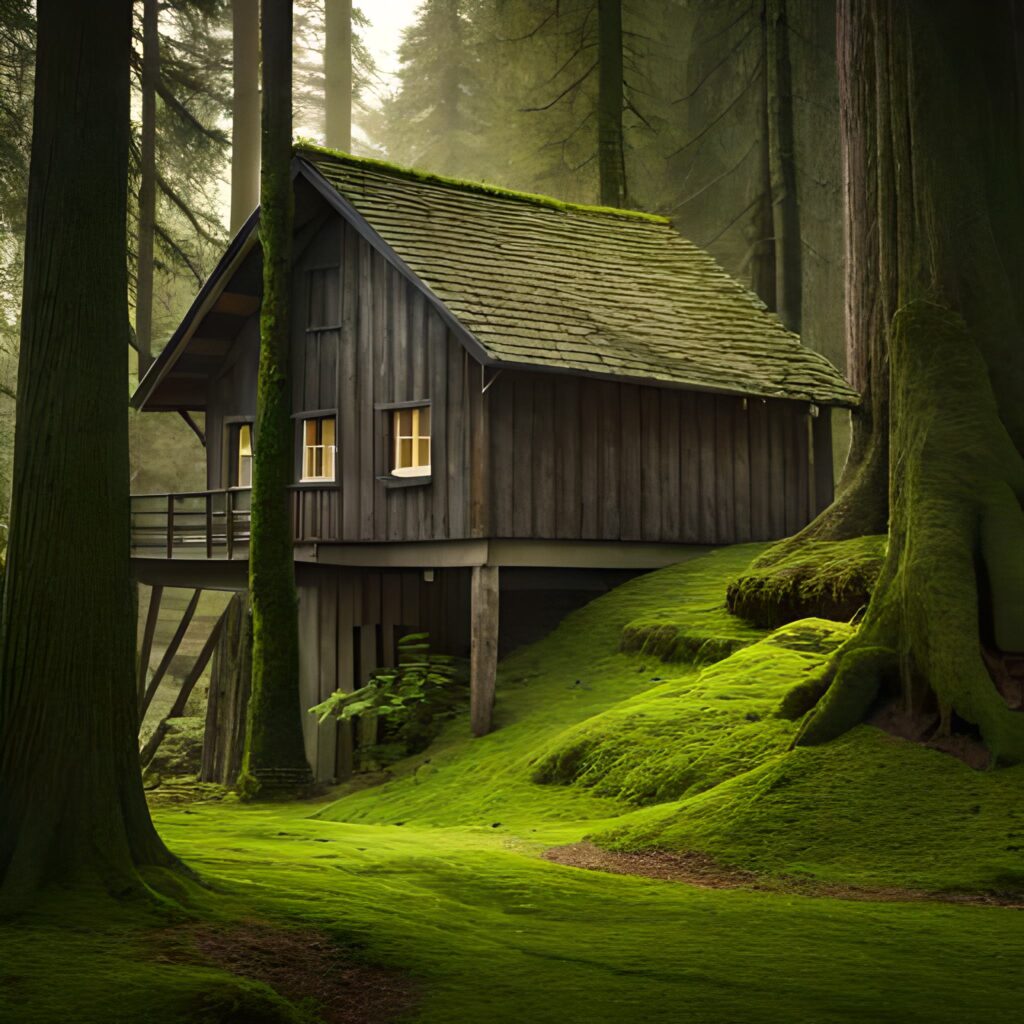

How Does Moss Grow on a House in the Mt. Hood National Forest?
Moss is a type of plant that grows in damp and shady areas. The Mt. Hood National Forest provides an ideal environment for moss to thrive, with its cool and damp weather. Moss can grow on almost any surface, including roofs, siding, decks, and concrete.
Why is Moss Growth a Problem for Your Roof?
Moss and algae growth can cause several problems for your roof, including:
- Uplifting shingles
- Trapping moisture against your roof
- Staining your roof
- Forming a slippery surface that can be dangerous to walk on
- Promoting the growth of bacteria and mold
How to Prevent Moss Growth on a House in the Mt. Hood National Forest
To prevent moss growth on your roof, here are some tips and tricks:
1. Trim trees and branches
North-facing and shaded roofs are the most susceptible to moss growth. Trim any trees and overhanging branches that are casting excessive shade to help prevent future moss and algae growth that causes unsightly black stains on your roof. Sun exposure is your friend.
2. Install zinc strips
Zinc strips are effective in preventing moss growth on roofs. For best results, install zinc strips at the top of the roof just below the ridge or first row of shingles. Rainfall will wash the zinc down your entire roof, creating a protective coating that will prevent future moss and algae growth.
It’s important to note that zinc strips are not meant to clean your roof and you should clean your roof prior to installing the zinc strips.
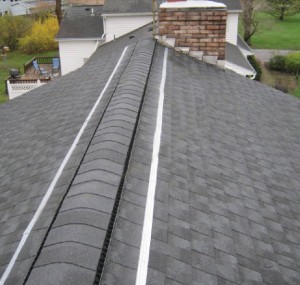
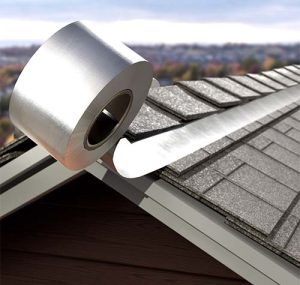
3. Regular roof maintenance
Regular roof maintenance is the best way to prevent moss growth. Keep your roof free of debris, trim trees and branches, and regularly clean your roof to keep it in good condition. It is important to keep your gutters clean as well.
How to Remove Moss from a House in the Mt. Hood National Forest
If moss has already started to grow on your house, don’t worry. There are several ways to remove moss from a house in the Mt. Hood National Forest. Here are some steps you can take:
Scrub the moss away
You can remove moss from your roof and siding by scrubbing it away with a stiff-bristled brush. A power washer may be a tempting choice, but pressurized water can blow granules off your shingles and damage your roof. If you do choose to go that way, put your power washer on a very low setting and spray down the slope of the roof. Spraying up may lift or break shingles and cause water intrusion into your attic.
Use a moss removal solution:
There are many moss removal solutions available that can be applied to your roof and siding to remove moss growth. In the Pacific Northwest almost every home improvement store will have several options. The best time to apply is late fall and early spring, right before the peak rain season.
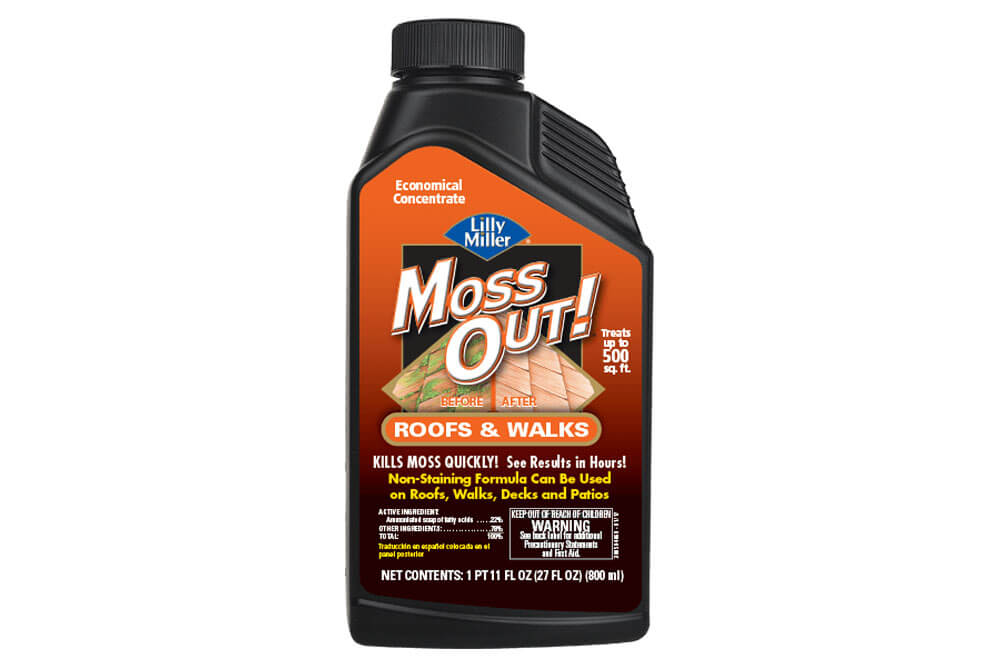
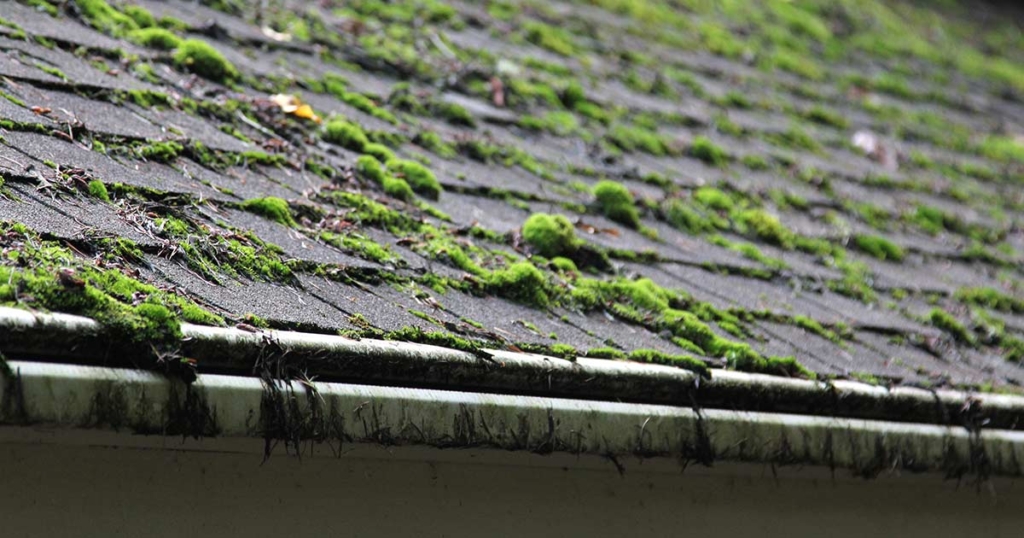
Hire a professional
If you are uncomfortable working on your roof or if the moss growth is too extensive, it may be best to hire a professional to remove the moss. Moss can make your roof extremely slippery.
Frequently Asked Questions
Can moss damage my roof?
Yes, moss can damage your roof by trapping moisture and causing leaks. This is why it’s important to take care of moss growth on your roof and remove it as soon as possible.
Can I prevent moss growth by cleaning my roof regularly?
While cleaning your roof regularly can help prevent moss growth, it is not a foolproof method. It’s important to take additional preventative measures, such as trimming trees and bushes and installing zinc or copper strips.
How often should I clean my gutters to prevent moss growth?
It is recommended to clean your gutters at least twice a year to prevent moss growth. However, if you live in an area with a lot of trees or if you notice moss growth on your roof, you may need to clean them more frequently.
Can I remove moss from my roof with bleach?
While bleach can be effective at killing moss, it can also damage your roof and surrounding plants. It’s best to use a moss removal solution specifically designed for use on roofs.
Is it safe to remove moss from my roof myself?
Removing moss from your roof can be dangerous, especially if you have a steep roof or if the moss growth is extensive. It’s best to hire a professional to remove the moss to avoid injury or damage to your roof. If the roof has a high pitch, it really isn’t worth the risk.
Can moss grow on metal roofs?
Yes, moss can grow on metal roofs if the conditions are right, such as high humidity and shade. The collection of organic matter on the roof is a big factor so remember to keep the roof clean. However, metal roofs are less susceptible to moss growth than other roofing materials. If the time comes to replace your roof, look into metal.
